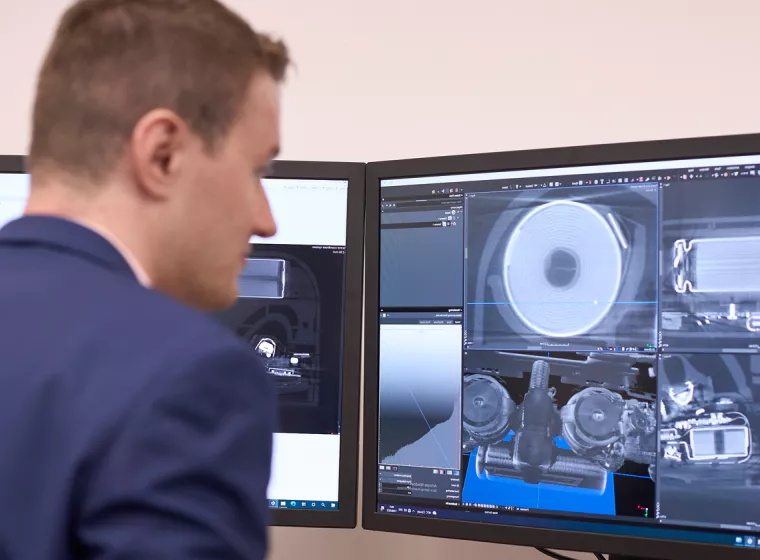June 1, 2023
New standards and updated requirements for importers, manufacturers, and distributors start July 2023 and January 2024
Two mandatory Chinese national safety standards for e-bikes are scheduled to take effect in the coming months. For the first time, these new standards provide importers, manufacturers, distributors, and related parties with clear requirements for electrical bicycles and rechargeable battery system safety in China.
China is the global leader in e-bikes, including both annual and total number of e-bikes manufactured and sold as well as the number of e-bikes on the streets. As the popularity of e-bikes has risen sharply in the country, so too has the number of related battery fires. According to the statistics released by China's National Fire and Rescue Administration, 8,370 fires related to e-bikes were reported in the first half of 2022, a 31.3% increase over the previous year.
Standards aim to improve e-bike safety
GB 42296-2022, Safety Technical Requirements of Charger for Electric Bicycles, will take effect July 1, 2023. The new standard specifies requirements and test methods for e-bike chargers in areas such as electromagnetic compatibility, mechanical safety and structure, electrical safety, abnormal working conditions, and environmental factors.
GB 42295-2022, Safety Requirements for Electric Bicycles Electrical, will take effect January 1, 2024. Together with GB 17761-2018, Safety Technical Specification for Electric Bicycle, GB 42295 establishes the product safety standard framework for the entire e-bike system. GB 42295 specifies requirements and test methods for e-bikes in areas such as wiring, voltage, isolation resistance, temperature, humidity, and vibration. It also lays out requirements in charge protection for the rechargeable battery system installed, including:
- Over-voltage protection — The battery system shall cut off the charge circuit within 1 second when the charge voltage is higher than the maximum voltage specified by the manufacturer.
- Charge over-current protection — The battery system shall cut off the charge circuit within 1 second when the charge current is higher than the maximum current specified by the manufacturer.
- Discharge over-current protection — The battery system shall cut off the discharge circuit within 1 second when the discharge current reaches 105% of the maximum working current or the upper limit of the discharge current specified by the manufacturer, whichever is greater.
- Temperature protection — The battery system shall cut off charge/discharge current when the battery system is outside the operational temperature range specified by the manufacturer.
- Abnormal temperature alarming function — The bicycle or battery system shall set off an alarm when the internal temperature of the battery system or any single cell exceeds the maximum allowable temperature.
- Charger communication — The battery system shall communicate with the charger before the charge process begins.
In addition, a new mandatory standard titled Safety Technical Specification of Lithium-ion Battery for Electric Bicycle is under development. Currently there is only one recommended GB standard in this area, GB/T 36972-2018, Lithium-ion Battery for Electric Bicycle. One of the anticipated changes in the new standard is the addition of a test for thermal propagation caused by single cell thermal runaway to assess risk associated with smoke, fire, and explosion. It's expected that the new standard will be completed before the end of 2023.
What Can We Help You Solve?
Exponent's multidisciplinary engineers and scientists provide expertise in numerous aspects of the design, manufacture, and testing of batteries and electric vehicles. Our capabilities in mechanical, materials, and electrical engineering allow us to support companies in adjusting processes and plans when meeting new complex regulatory challenges.

Battery Design Review, Quality & Safety Assessments
State-of-the-art battery design, performance, quality, and safety assessments to support manufacturers' requirements and industry standards.

Custom Battery Testing
Custom product safety, performance, and industry certification battery testing services.
Insights



